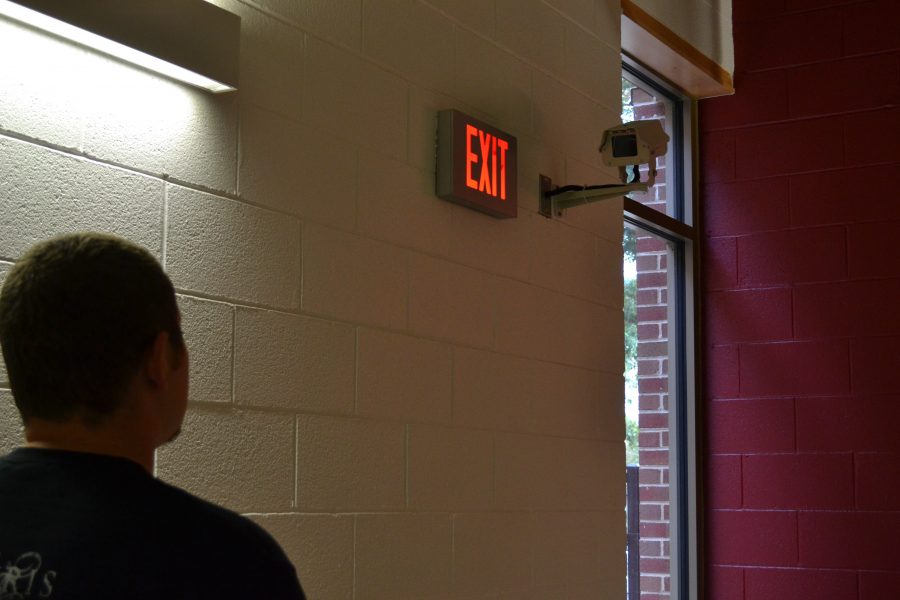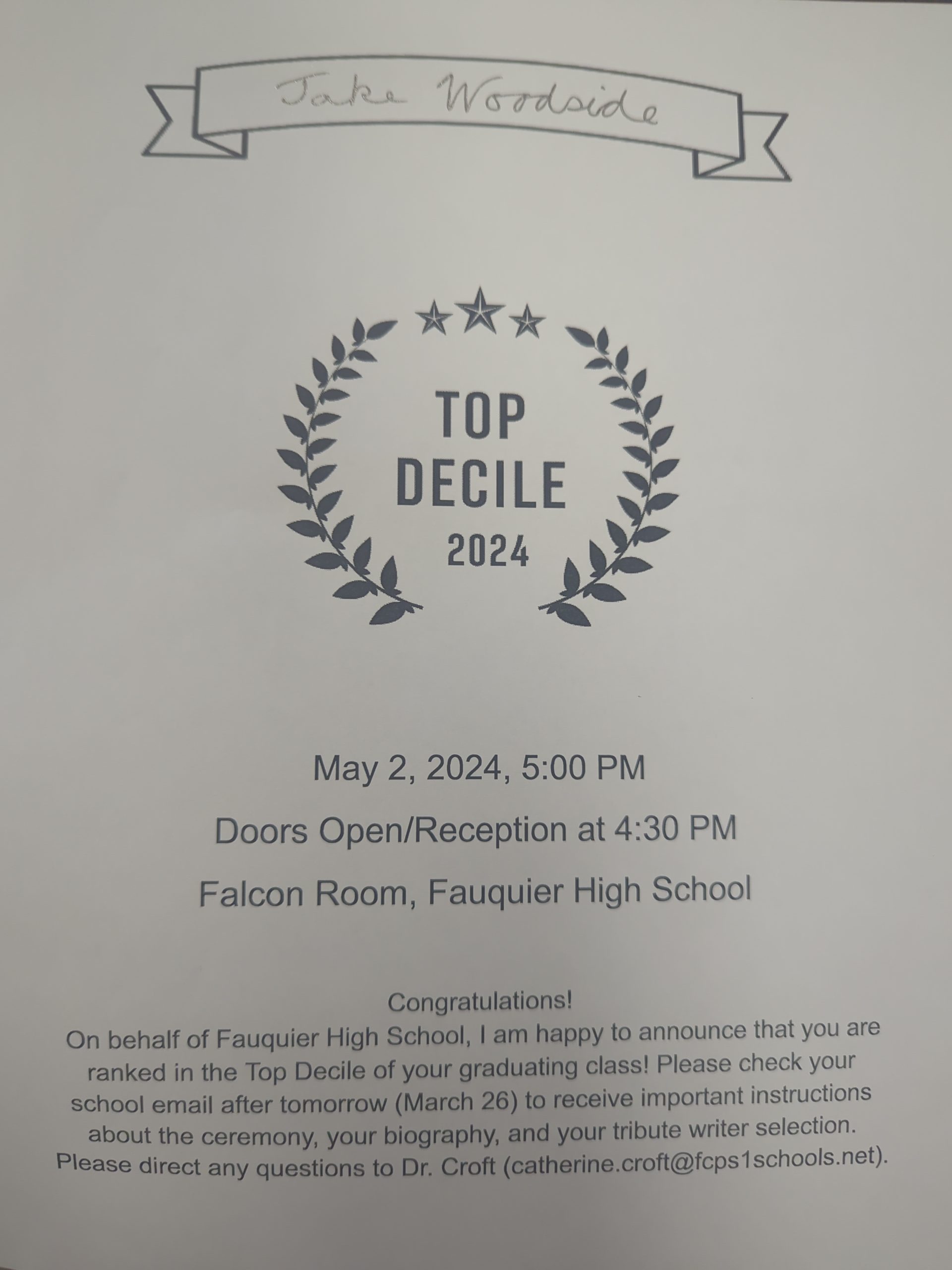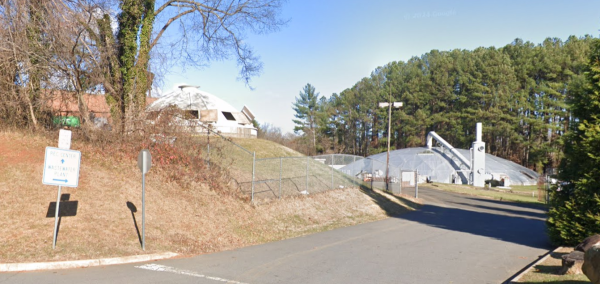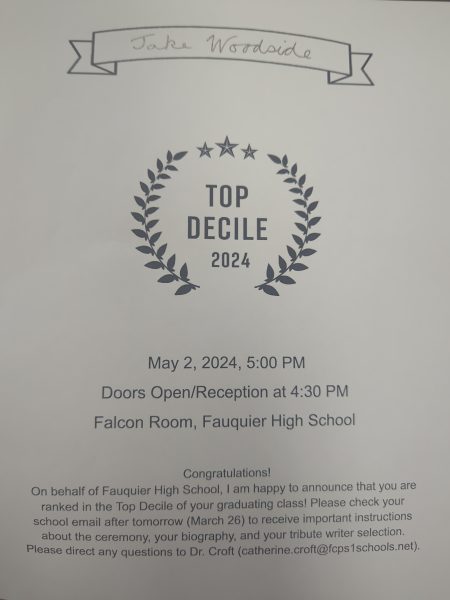Brand new school, locked up tight
September 19, 2013
Along with the new building comes new security policies with one goal: keeping the students and staff of FHS safe.
Although a new state law went into effect this summer, requiring all school systems to have a crisis management plan, Fauquier County has been doing this for years, according to School Resource Officer Sergeant Sal Torelli.
“After Columbine we changed a lot of policies, so we’ve been doing crisis and threat assessments for awhile,” Torelli said.
However, security procedures have undergone a complete overhaul in the past year. Assistant Principal Kraig Kelican described this process as of the highest importance.
“What has happened over the last year is a panel of people – school system employees, emergency service personnel, and central office personnel – have revised our county-wide crisis management plan,” Kelican said, “It now covers the gambit of threat assessments and emergency situations.”
Threat assessment teams, made up of administrators, teachers, guidance counselors, psychologists, and resource officers, now meet once a month to predict and prevent emergencies, and identify threats to the school community.
According to Assistant Superintendent Frank Finn, new guidelines may cause what could be considered jokes, or perhaps anger-fueled nonsense, to be of concern to the school’s threat assessment team.
“Keep in mind that a lot of kids will say some dumb things, and it may not be a threat, but we have to look into every single thing,” Torelli said. “You’d be surprised the stuff we see on Facebook, and we sit down and talk about it, and the kid’s just having a bad day. They make comments that are out of frustration, but we still have to look into every single threat, regardless.”
Comments that could be interpreted as suicidal are red flags to threat assessment team members.
“We have our suicide risk assessment protocol so that we can identify students that might be struggling and thinking of self-harm,” Finn said. “We make an assessment of the situation and put measures in place with their parents to get them help.”
In terms of security measures specific to FHS, the school’s crisis management plan has been modified to fit the new building and the largely open campus. This includes designating specific plans for evacuation of handicapped or injured students during emergencies, which has become more difficult with the four-story new building.
“There are areas of refuge on our side stairwells [with] telephones that are directly linked to emergency services. So staff members, as they’re evacuating the rest of class, make sure that student gets to the area of refuge,” Kelican said. “We know that student is in the area of refuge because the teacher would report that to us right away. We also maintain a log of handicapped students, so we know where they are throughout the day. And there is also an emergency evacuation chair on both sides of the third floor.”
The new building is also outfitted with a video surveillance system that covers the majority of the campus and is connected to a central server that all administrators can access.
“Whenever we have a situation, we listen to each one of the students and get their versions, and in some cases we go to the video cameras,” Kelican said. “Typically we can see most of the campus, and we can even track somebody by the different cameras across the school.”
Administrators also have the ability to download film from bus cameras to enforce disciplinary action.
“We also have the capability with the new technology that if we have an incident on a bus, we notify transportation, and they’ll give us the bus number,” Kelican said. “We can download the film right here from the school.”
All of the components add up to a more structured and comprehensive plan to react to emergency situations, and bolster the school’s ability to predict and prevent threats from within. However, Finn insists a large part of the responsibility to keep the school safe falls on the students.
“I think that everybody has a vested interest in a school being safe,” Finn said. “There has to be some hope if the collective community sees something wrong, they’ll speak and bring it to the attention of the adults that have the authority to act and to get things addressed that are problematic.”

















